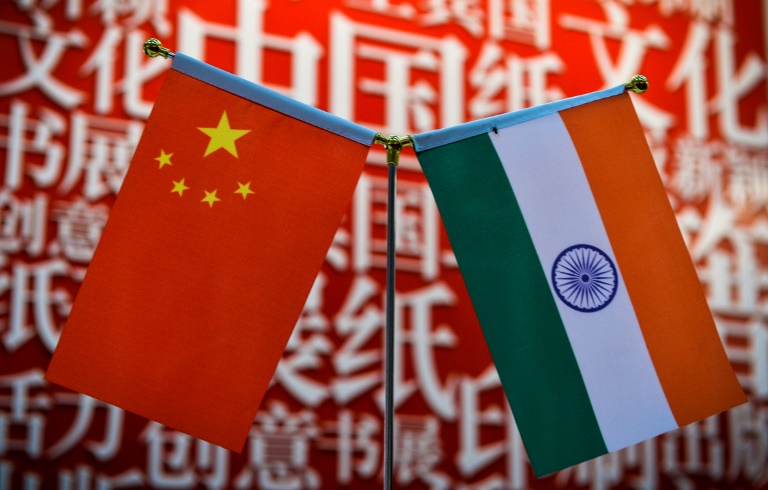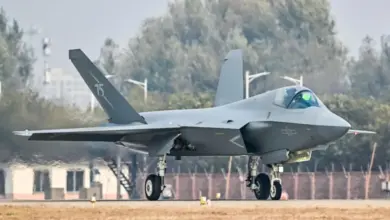
Three Indian soldiers were killed in a violent face-off on the Chinese border, the Indian army said Tuesday, following weeks of rising tensions and the deployment of thousands of extra troops from both sides.
Brawls erupt regularly between the two nuclear-armed giants across their disputed 3,500-kilometre (2,200-mile) frontier, but no one has been killed in decades.
But the Indian army said there were “casualties on both sides” in Monday’s incident on the Himalayan frontier between China’s Tibet and India’s region Ladakh, although Beijing made no mention of any — while laying the blame squarely on Delhi.
“A violent face-off took place yesterday (Monday) night with casualties on both sides. The loss of lives on the Indian side includes an officer and two soldiers,” an Indian army spokesman said in a statement.
“Senior military officials of the two sides are currently meeting at the venue to defuse the situation.”
An Indian army officer in the region told AFP that there had been no shooting in the incident, on precipitous, rocky terrain in the strategically important Galwan Valley.
“It was violent hand-to-hand scuffles,” the officer said on condition of anonymity.
– ‘Attacking Chinese personnel’ –
Beijing on Tuesday confirmed a clash took place, but made no mention of casualties. It accused Indian soldiers of crossing into Chinese territory and “attacking Chinese personnel”.
Foreign ministry spokesman Zhao Lijian said Indian troops “crossed the border line twice… provoking and attacking Chinese personnel, resulting in serious physical confrontation between border forces on the two sides”.
“We again solemnly request that India follows the relevant attitude and restrains its frontline troops,” he said.
On May 9, several Indian and Chinese soldiers were injured in a clash involving fists and stone-throwing at Naku La in India’s Sikkim state, which borders Bhutan, Nepal and China.
But the Chinese foreign ministry said only last week that a “positive consensus” had been reached following “effective communication” through diplomatic and military channels.
In a later statement, India’s foreign ministry said the two sides would “continue the military and diplomatic engagements to resolve the situation and to ensure peace and tranquillity in the border areas.”
However, Indian sources and news reports suggested that Chinese troops remained in parts of the Galwan Valley and of the northern shore of the Pangong Tso lake that it occupied in recent weeks.
– Prickly relations –
India and China have never even agreed on how long their “Line of Actual Control” frontier is, and each side uses different frontier proposals made by Britain to China in the 19th century to back their claims.
India gives a figure of 3,500 kilometres (2,175 miles). China does not give a number, but state media says the border should be just 2,000 km (1,250 miles) when China’s claims in Jammu, Kashmir, Ladakh and other regions are taken into account.
Relations between China and India have long been prickly.
They fought a brief war in 1962 in which China took territory from India. Further deadly clashes followed in 1967, but the last shot fired in anger was in 1975.
In 2017 there was a 72-day showdown after Chinese forces moved into the disputed Doklam plateau on the China-India-Bhutan border.
After that India’s Prime Minister Narendra Modi and Chinese leader Xi Jinping sought to ease tensions at summits.
Alice Wells, the top US State Department official for South Asia, said last month that China was seeking to upset the regional balance and had to be “resisted”.
US President Donald Trump also offered to mediate, but both countries sidestepped the offer.
burs-stu/fox
Image: AFP/File / Chandan Khanna Tensions have been rising on the border between India and China in recent weeks




